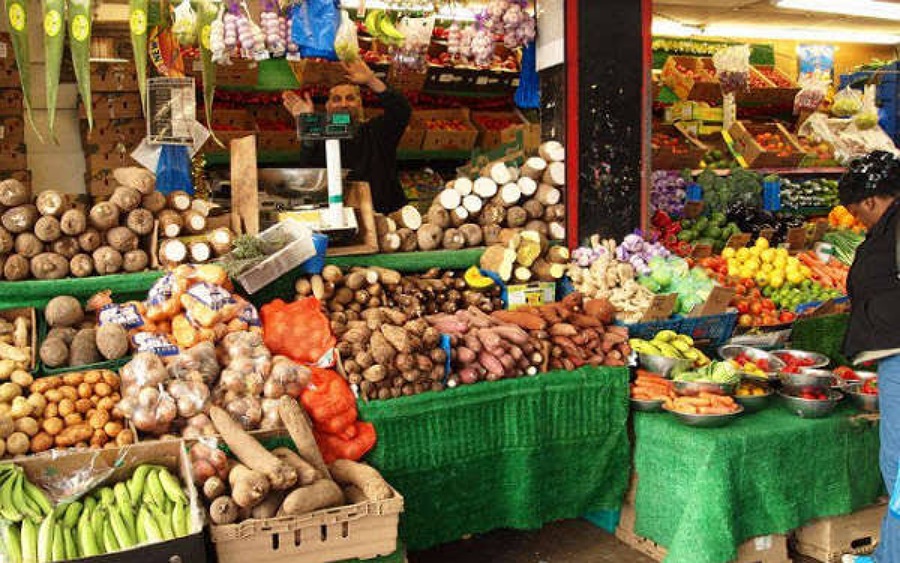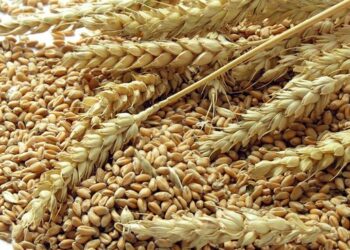Millions in Africa are expected to have a worsening nutritional situation in a matter of a few months, expectedly six weeks after the war in Ukraine began.
According to the March 2022 analysis of the Cadre harmonisé, 38.3 million people will experience a food and nutrition crisis between June and August, an increase of 40.2% from 27.3 million during the same period in 2021.
Based on projections for June-August 2022, the projected number of people in phases 3 to 5 in the most affected countries is 19.5 million in Nigeria, 3.5 million in Burkina Faso, and 4.4 million in Niger, 2 million in Chad, and 1.8 million in Mali.
READ: CBN blames herdsmen and bandits for galloping inflation rate
Conflicts, political instability, the COVID-19 pandemic, and the war in Ukraine are causing the region’s food prices to soar at unprecedented levels, coupled with low purchasing power.
Maize (+30%), millet (+26%), sorghum (+24%), and rice (+18%) have seen price increases over the past five years in West Africa.
Adele Khodr, UNICEF Regional Director for the Middle East and North Africa, said malnourished children are likely to drastically increase in the coming years.
By 2100, the region’s population is on track to quadruple from its current 0.9 billion to 3.9 billion people. The U.N. Food and Agriculture Organization (FAO) reports that more than a quarter of Sub-Saharan Africa’s population currently suffers from undernutrition, and the region imports about 20 per cent of its staple calories.
Read: Food crisis: Should Nigeria arm farmers to halt food price Inflation?
Russian-Ukraine Dynamics
30 per cent of the world’s wheat is produced by Russia and Ukraine together. Low-income and food-deficit countries buy a lot of them because they are the cheapest. Africa imports half of its wheat from Russia and Ukraine. On March 22, global wheat prices had already increased by 19% as a result of the war in Ukraine.
Recall In 2021, Ukraine was the UN World Food Program’s biggest supplier of food.
Besides fertilizers and staple food commodities, Russia and Ukraine also produce and supply cheaper fertilizers and oil compared to other countries.
According to the Food and Agriculture Organization (FAO), the food price index was 159.3 points in March compared to a revised 141.4 points in February.
The February figure was previously recorded at 140.7, a much higher figure than the March figure, which spiked higher. Analysts at the agency considered that to be a record at that time.
Read: Power, fuel & FX shortages: Why is Nigeria always having shortages?
As a result of the unplanned six-week-old aggression by Russia, Ukraine’s exports of sunflower oil, corn, barley, and wheat have been halted.
According to the FAO, food and feed prices could rise by as much as 20% due to the conflict in Ukraine, pushing people at risk of malnutrition.
Aside from the disruption of production caused by Russia’s invasion of Ukraine, the blockage of the Black Sea region’s agricultural supplies drove up food prices even further.
High Fertilizer prices
In sub-Saharan Africa, where small-scale farmers rely largely on imports — if they even use extra nutrients at all — a surge in fertilizer prices is increasing food security concerns.
As fertilizer prices have tripled over the past 18 months, many farmers are considering skipping purchases this year. That means a market whose growth potential has been touted for years is set to shrink by almost a third, said Sebastian Nduva, program manager at AfricaFertilizer.Org.
“This could reduce cereal production by 30 million tons, enough to feed 100 million people,” he said.
Solutions to consider
Assist agriculture in achieving economic and security goals
Investment in agriculture and food systems must be a priority for African leaders, not only from an economic standpoint, but also from a security perspective. In Africa, agriculture has been found to reduce poverty 11 times more effectively than any other sector. Additionally, if Africa prioritized investment in youth, its economy could reap an additional $500 billion annually.
Protecting domestic producers and consumers
African governments need to place a greater emphasis on protecting the economic and social interests of domestic producers and suppliers. They enable trade by facilitating trade, but protecting the most vulnerable is a social responsibility that needs to be more prominent. Globalization cannot mean the destruction of local markets.
Providing better storage facilities
Local farmer cooperatives can reduce waste by building, owning, and operating community silos. Africa loses between 20 and 40% of its agricultural production due to transportation. As a result, close-to-farm storage facilities are important for increasing overall stocks.
Pan African partnership
Ecosystem monitoring and assessment programmes can be conducted jointly in different countries so that high-quality, integrated information is available to help with decision-making.
It is possible to share and implement best agricultural practices across countries to accelerate capacity building.
A country’s management practices may affect the ecosystem services and food security of other countries.
Coordinating adaptation planning at the regional level allows multiple stakeholders to make joint decisions, assess trade-offs, and reconcile multiple objectives.























